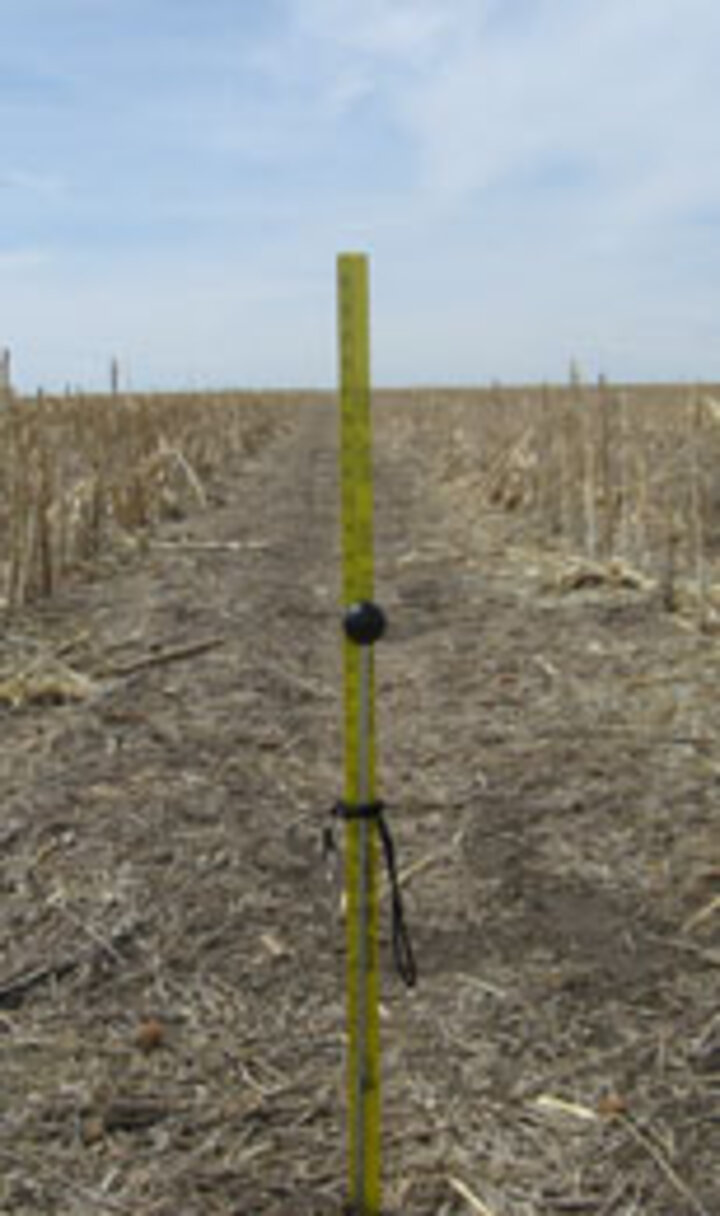



April 20, 2012
Even with the recent precipitation, soil water is limited in many areas of the state. (See High Plains Section of U.S. Drought Monitor, below). In these areas, producers may want to consider switching to other crops such as grain sorghum, sunflowers, or proso millet or using fallow to store soil water for a winter wheat crop to be seeded this fall. For the past several years continuous cropping has been successful in many areas with good precipitation; however, that may not be the case for some areas this year.
The amount of soil water or moisture and crop residue at planting can help producers adjust seeding rates for rainfed (dryland) corn. Table I suggests harvest population for soil moisture and residue conditions at planting on silt loam soil in Nebraska. Planting populations will need to be approximately 10-15% higher than the harvest populations listed.
Resource
For additional information see NebGuide 2068, Recommended Seeding Rates and Hybrid Selection for Rainfed (Dryland) Corn in Nebraska.
Robert Klein, Extension Western Nebraska Crops Specialist, West Central REC
Drew Lyon, Extension Cropping Systems Specialist, Panhandle REC
Greg Kruger, Extension Crops Specialist, West Central REC
| Area | Mid-season corn (skip-row) | SHORT-SEASON CORN (SKIP-ROW) | ||
|---|---|---|---|---|
| With 2,000 lb/ac wheat residue or 4,000 lb/ac corn/sorghum, or 55% residue cover and 2 feet of subsoil moisture. | ||||
| Western | Do not plant corn | |||
| Central | 12,000 | (11,000) | 13,000 | (12,000) |
| Eastern | 16,000 | (15,000) | 17,000 | (16,000) |
| 3,500 lb/ac wheat residue or 7,000 lb/ac corn/sorghum or 90% residue cover and 4 feet of subsoil moisture. | ||||
| Western | 10,000 | (9,000) | 11,000 | (10,000) |
| Central | 14,000 | (13,000) | 15,000 | (14,000) |
| Eastern | 18,000 | (17,000) | 19,000 | (18,000) |
| 5,000 lb/ac wheat residue or 100% residue cover and 6 feet of subsoil moisture. | ||||
| Western | 12,000 | (Same) | 13,000 | (Same) |
| Central | 15,000 | (Same) | 16,000 | (Same) |
| Eastern | 20,000 | (Same) | 21,000 | (Same) |
| 1. 100 lb of residue are produced for each bushel of winter wheat and 50 lb of residue are produced for each bushel of corn or sorghum produced. 2. For continuous no-till the residue could be a combination of the winter wheat residue and corn or grain sorghum residue. 3. Requires equipment that can plant or drill through residues. 4. Long-season corn hybrids are not recommended. If used, reduce plant population. | ||||
